Next Generation Military Robots Drawn From Nature [PHOTOS]
The robot invasion is already underway, and it’s being led by the armies of the developed world.
This is probably not surprising news to citizens of the Middle East. U.S. drone strikes in Pakistan alone have killed up to 3,461 people as of January, among them up to 891 civilians – including 176 children, according to the non-profit Bureau of Investigative Journalism.
But the new trend in machines of war is smaller, and draws more on the world of nature than from "Transformers." And if the recent interest in drones from police departments is any indication, military robots will probably find a way to migrate from foreign battlefields and cities onto U.S. shores.
One disadvantage of the drone, from a military standpoint, is that it’s not exactly subtle. The U.S. Army is looking to build smaller and smaller robots that can patrol and survey urban areas more discreetly.
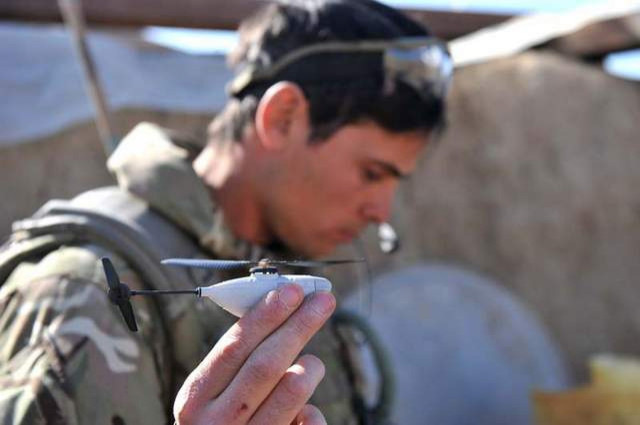
On Monday, the British army released pictures of a surveillance helicopter that could be mistaken for a bath toy. The Black Hornet is four inches long, weighs half an ounce, takes video and still images and can fly up to 30 minutes or half a mile on a battery charge. It is, as you may suspect, unmanned.
The U.K.’s Ministry of Defense says the Black Hornet is the first "nano-sized" surveillance system – nano in this case being more of an overblown marketing term than a literal truth, since one nanometer is equal to about one twenty-five millionth of an inch. True nano-scale robots are being developed, mostly for medical uses, since they can slip between molecules to deliver drugs with precision.
Still, a tiny helicopter is obviously a machine – not exactly the most subtle spying tool. That’s why defense money has been poured into disguising flying robot spies as animals, like the AeroVironment Nano Hummingbird, which was unveiled in February 2011.
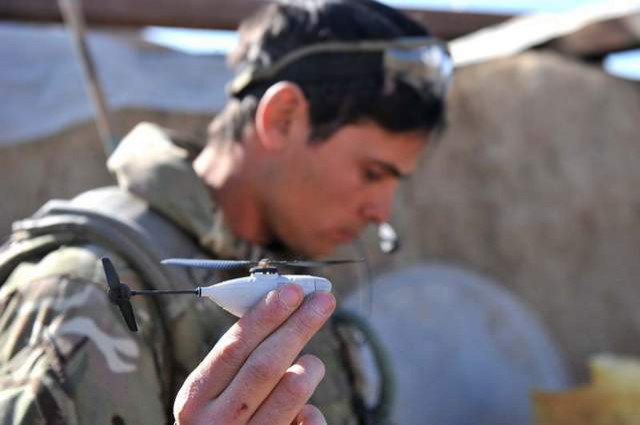
The artificial camera-equipped bird flaps its wings like the real thing, has a wingspan of about six inches, and weighs about two-thirds of an ounce. The bird announced two years ago is just a prototype, with a sustained flight time of 11 minutes maximum.
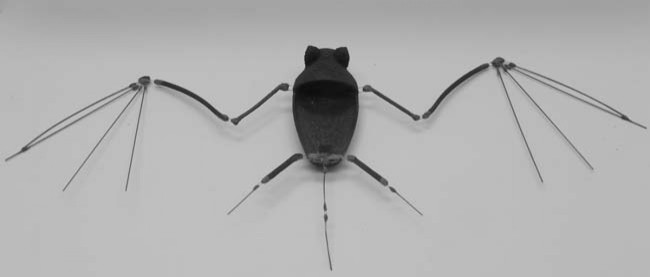
In 2009, North Carolina State University researchers unveiled a palm-sized robotic bat prototype, with a metal alloy skeleton draped in a special metal material that, when electrified, can mimic the contractions of muscle (possibly the inspiration for Batman’s "memory cloth" cape shown in Christopher Nolan’s movies, which stiffens into a glider upon electrification).
Not all surveillance is about air superiority.
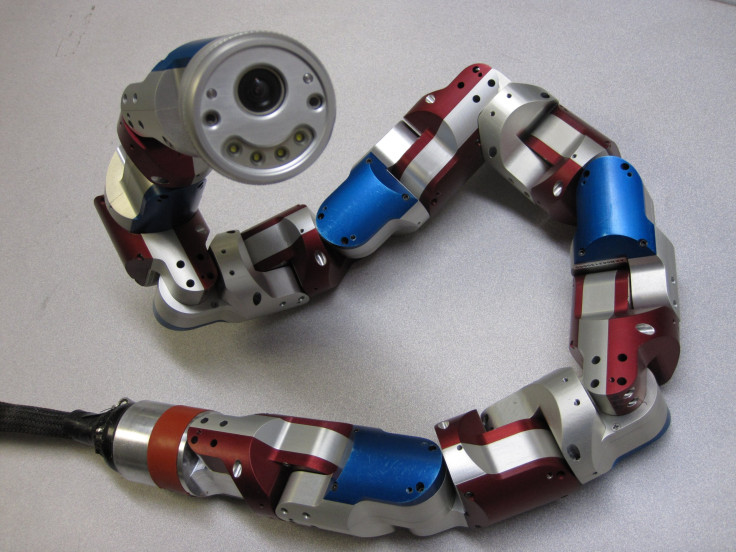
Robots based on snakes have shown to be quite versatile and easily capable of handling rough terrain, thanks to their many-jointed bodies. A robot snake could climb a pole, navigate a sewer system, slink through a gap in a wall, or swim through a canal.
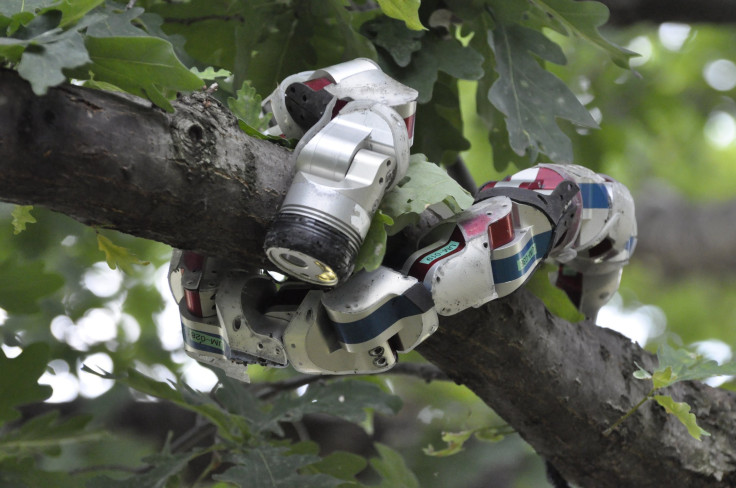
Israel has been working on its own version of a robot serpent for some time, broadcasting test videos in 2009. According to news reports, the Israeli military is thinking about using these slithery robots for more than just spying – “suicide snakes” could carry bombs on kamikaze missions as well.

The U.S. Army is also toying with the idea of joining several robot snakes into an array of many-jointed tentacles that could manipulate objects like a hand, allowing the robot to open doors and inspect suspected explosives with dexterity.
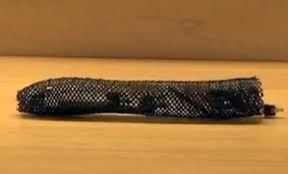
Another DARPA-funded project that’s promising but literally doesn’t have a leg to stand on is the “meshworm,” a robot made out of a flexible plastic mesh tube wrapped in titanium-nickel wires. When current is applied along the wires, sections the meshworm’s body squeeze together and inch it forward.
Though it’s not built for speed, the meshworm is built to last, with no rigid parts to break. The MIT and Harvard scientists that built the robot tried hitting it with a mallet and stepping on it, but it kept inching along.
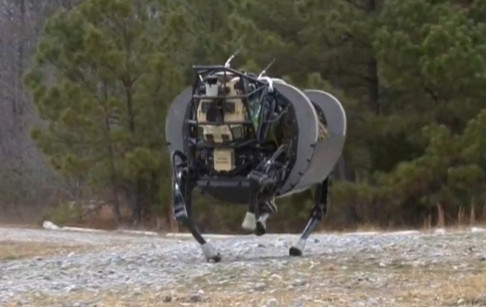
Not all war robots have to be small. What Boston Dynamics’ AlphaDog -- more formally known as the Legged Squad Support System -- lacks in subtlety it makes up for in strength. The giant four-legged robot is designed to carry 400 pounds and can keep going for 24 hours or 20 miles. One problem with the initial version of the robot, though, was that it was distractingly loud.
But the latest model, shown in a video released in December, has a much softer bark:
So, in the coming years, keep an eye on that bird on the windowsill or the snake in the grass – it might not be what it seems.
© Copyright IBTimes 2024. All rights reserved.





















